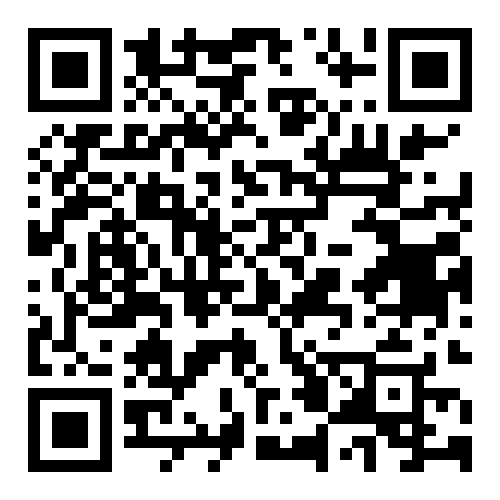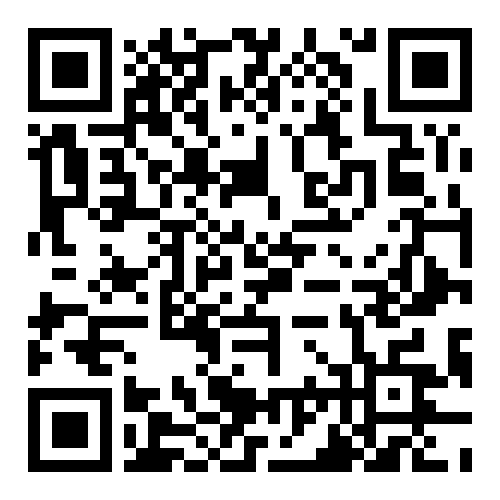Possible UPSC Questions
- “NEP 2020 aims to translate Malala’s vision of girls’ education into actionable policy.” Examine.
- Enumerate the structural, societal and digital barriers that hinder girls’ schooling in India and evaluate the measures proposed in NEP 2020 to address them.
- Discuss the role of the Gender Inclusion Fund and Kasturba Gandhi Balika Vidyalayas in achieving SDG-4 and SDG-5 targets.
- How can India close the ‘gendered digital divide’ to make online education truly inclusive?
Quick Outline of Key Facts
| Indicator / Provision | Data / Details |
| Malala Day | 12 July; commemorates Malala Yousafzai’s 2012 attack & global campaign for girls’ right to education |
| Female GER (Higher Ed) | Rose from 6.7 % (2000-01) to 27.9 % (2020-21) |
| Drop-out rates (2021-22) | Girls: 1.4 % (primary), 3.3 % (upper-primary), 12.3 % (secondary) – UDISE+ |
| NEP 2020 targets | 100 % Gross Enrolment Ratio in school education by 2030 |
| Gender Inclusion Fund | Central grant to States for safe hostels, toilets, menstrual hygiene, transport |
| Socio-Economically Disadvantaged Groups | Girls/women, SC/ST/OBC, minorities, transgender included |
| Digital divide (NFHS-5) | Ever-used internet: Men 57 %, Women 33 %; rural women only 25 % |
| Women in education leadership | 42 % secondary principals; 28 % higher-secondary principals; 31 % HEI leaders (AISHE 2022-23) |
| Anaemia prevalence | 67 % (girls 6-59 months); 59 % (adolescent girls 15-19 yrs) |
Summary
Malala Day 2025 spotlights the unfinished global agenda of girls’ education. India’s National Education Policy 2020 articulates a pathway to translate that agenda into national action by embedding gender equity across school and higher education.
Bridging access & retention. Though female Gross Enrolment Ratio in higher education has jumped to 27.9 %, girls’ drop-out remains acute at the secondary stage (12.3 %). NEP 2020 pledges a 100 % GER by 2030 and proposes a dedicated Gender Inclusion Fund (GIF) for States to build safe hostels, functional toilets, transport support (bicycles, CCTs) and expansion of Kasturba Gandhi Balika Vidyalayas up to Class XII. Girls, alongside transgender students, are listed among Socio-Economically Disadvantaged Groups who warrant priority scholarships, bridge courses and local counselling to curb early exits.
Curriculum & sensitisation. The policy directs NCERT and SCERTs to infuse gender sensitivity, life-skills, menstrual hygiene and sex-education into textbooks, and mandates pre-service teacher training on gender equity. Yet experts insist that such sensitisation must extend to families, given the persistence of patriarchal norms that burden girls with domestic chores and early marriage.
Digital inclusion challenge. While NEP champions online learning, only a third of Indian women have ever used the Internet; in rural areas, the figure dips to 25 %. Without ensuring affordable devices and connectivity, digital schooling risks widening gender gaps. The policy’s call for public digital infrastructure (e-VIDYA, DIKSHA) needs complementary investment in women-centred digital literacy programmes.
Higher-education & leadership. The NEP urges HEIs to improve gender balance through local campuses, safe accommodation, childcare and robust anti-harassment cells. Currently women constitute 46 % of faculty but barely 31 % of leadership roles. Targeted fellowships, flexible career tracks and representation on curriculum-revision bodies are envisaged to break the glass ceiling.
Health & nutrition interface. High anaemia rates among girls (59-67 %) underline the need for iron-rich midday meals, adolescent health check-ups and menstrual management facilities—areas that GIF funds can support.
Implementation hurdles. Success hinges on States operationalising GIF, tracking disaggregated data, partnering with NGOs, and addressing the gendered digital divide. Without community buy-in and budgetary commitment, NEP’s gender promises may falter.
Significance to the UPSC Exam
- GS-II (Governance & Social Justice) – Illustrates how policy instruments tackle gender disparity in education; links to SDG-4/5.
- GS-I (Society) – Offers statistics and structural factors behind girls’ drop-outs, digital divide, health issues.
- Essay / Ethics – Malala’s narrative and NEP’s equity focus provide material for value-based essays on education and empowerment.
Prelims – Key facts: Malala Day date, Gender Inclusion Fund, GIF components, GER figures, anaemia statistics.




